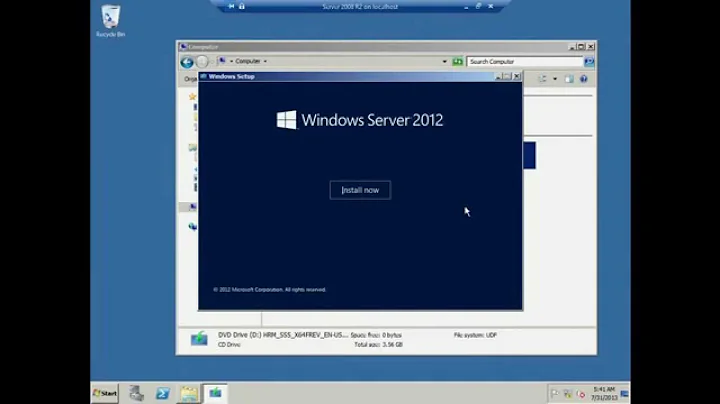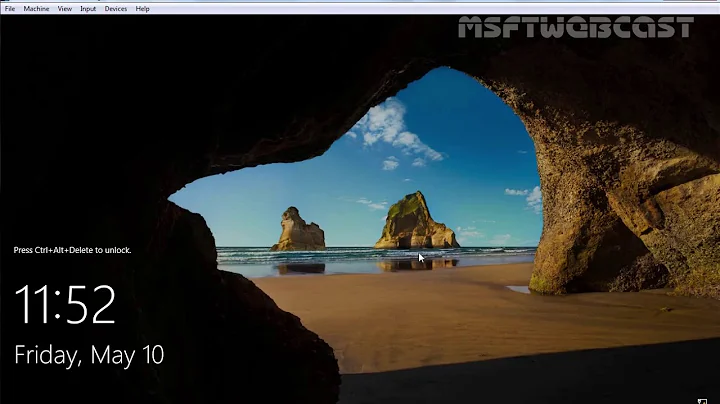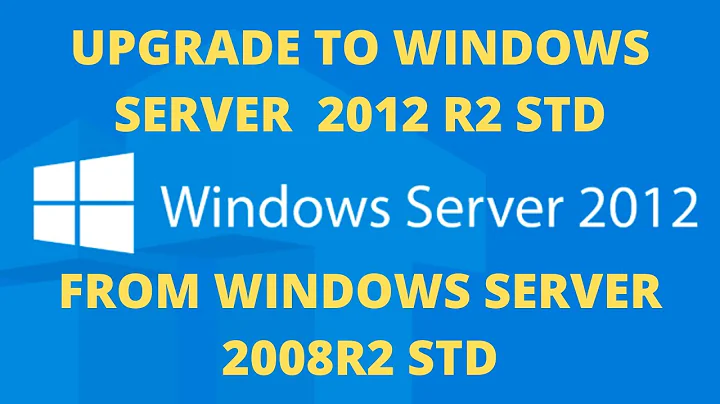Windows SBS 2008 to Windows Server 2012 migration
Microsoft has published information on migrating from SBS 2008 to Essentials 2012 and migrating from previous version of Windows to Essentials 2012 R2. However, it does not contain information on migrating Exchange. For that, refer to Microsoft's guide for migration from SBS 2008 to SBS 2011. While this guide doesn't exactly fit your particular situation, it will contain useful information that you can adapt as needed. You may also want to use the Exchange Server Deployment Assistant.
Note the following:
You must install Essentials in migration mode in order to join it to the existing domain. (See this TechNet article.)
Then you can add the 2012 Standard server, install Exchange, and migrate from the existing Exchange 2007 server to the new server.
The source SBS 2008 server must be removed from the domain within 21 days of beginning the migration.
Be aware that there may be group policy settings which will no longer be applicable in the new network, or that may conflict with group policy objects created by Essentials.
Caveat: I have not done this particular scenario, but I've done many SBS-SBS migrations and SBS-Standard server migrations.
Related videos on Youtube
StefanGrech
Updated on September 18, 2022Comments
-
StefanGrech over 1 year
I am in the process of upgrading my Windows SBS 2008 server running Exchange, Active Directory and as a File server to Windows Server 2012 essentials. Now I know that Windows Server 2012 essentials does not have exchange, thus I was looking to migrate the Active directory and the file server to Windows Server 2012 essentials, Then I would have a separate Virtual machine running Windows server 2012 standard with Exchange 2013. Now my question is, what should I do first? Migrate the AD and File server to Windows 2012 essentials and then after the migration is finished, I create a local move of the mailboxes from SBS 2008 to Windows Server 2012 standard running exchange 2013? or should this be the other way round?
-
 joeqwerty over 11 yearsYou can't have Exchange without AD so you'll need AD first. As for the rest, it's up to you.
joeqwerty over 11 yearsYou can't have Exchange without AD so you'll need AD first. As for the rest, it's up to you. -
StefanGrech over 11 yearsOk I know that, but should I first move the exchange out of the SBS or should I leave the exchange on the SBS, and move out the AD and file server first and when these are moved to the 2012 essentials, I install another machine with server 2012 w/ exchange 2013 and migrate the exchange then ?
-
-
Jonathan J over 10 yearsDidn't realize I was responding to an old post. Oh well, hopefully someone finds it useful.

![Domain Controller Migration [Windows Server 2008 R2 to Server 2012]](https://i.ytimg.com/vi/04P0WS546Mg/hq720.jpg?sqp=-oaymwEcCNAFEJQDSFXyq4qpAw4IARUAAIhCGAFwAcABBg==&rs=AOn4CLB_UGrIis0FJKrAaGbL8LJ08MymbA)


